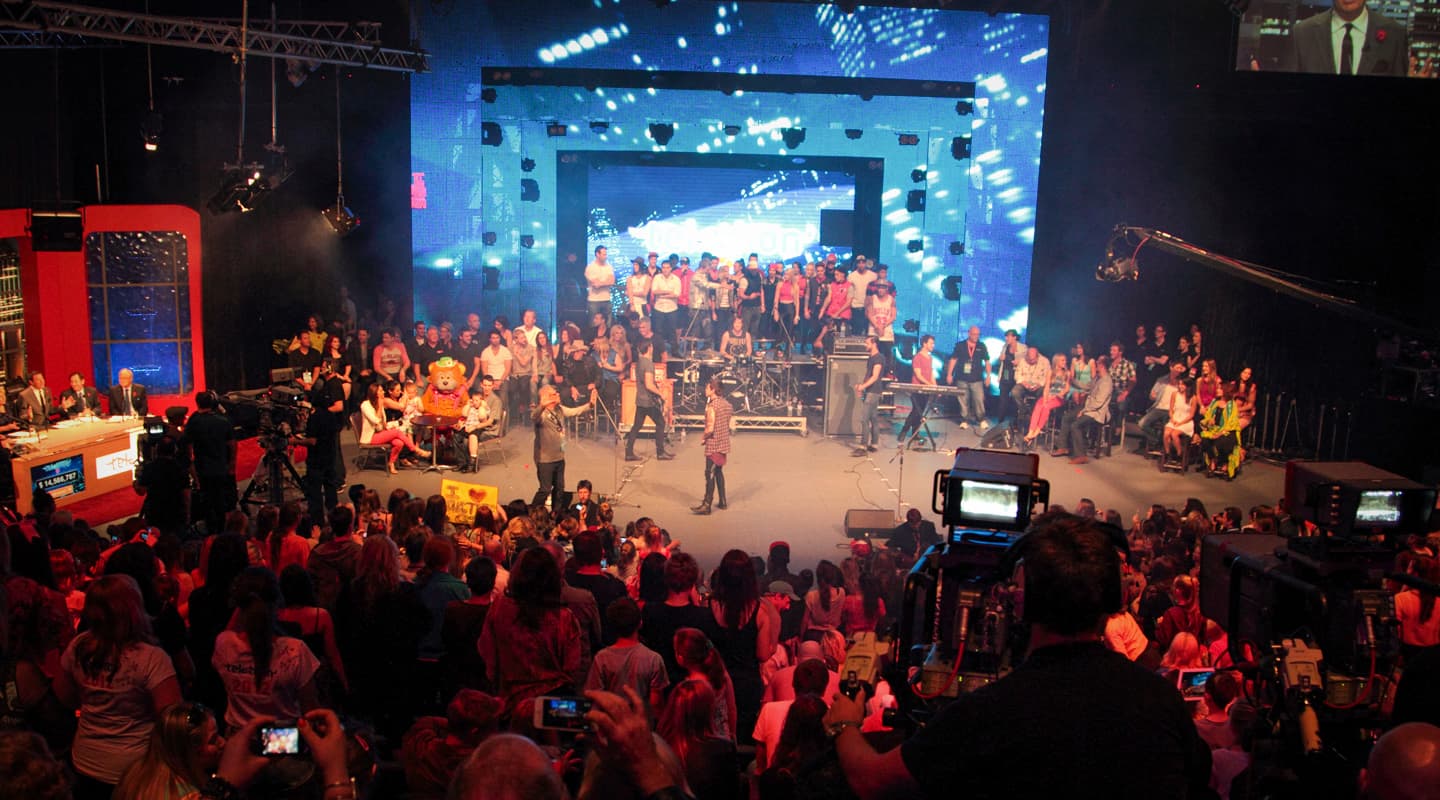
Appealing To Viewers
Managing 26 continuous hours of unscripted mayhem, live to air.
Text:/ Graeme Hague
Telethon has been running annually in Western Australia since 1968, making it one of the longest-running shows of its kind. Hosted by Channel 7 Perth it’s raised more than $133m mostly for children’s charities in the last 45 years with celebrity balls, sports games, car races, auctions and pretty much anything you can think of where people are asked to donate money or buy a ticket. But the name Telethon is most associated with the annual marathon televised panel show that Channel 7 puts on around October or November when finals football is over and the cricket hasn’t hit top gear – it’s not easy finding a spare 26 hours in a programming schedule, even for such a worthy cause.
The panel show has undergone some major changes over the last decade. Right up until 2005 it was held inside the Channel 7 studios and the emphasis was very much on a televised show coming out of a single studio. The live audience was an important component but it was small. The studio only held about 200 viewers and punters were cycled through the seating with long lines of people waiting outside for their turn. It was usually worth the wait thanks to the show’s hallmark of constant, merry mayhem – plus you never knew who might drop in. The likes of Michael Jackson, Celine Dion and Stevie Wonder have wandered on stage unannounced, bringing the house down. And back in the good ol’ days it was television’s worst-kept secret that if you put in a marathon effort yourself and watched in the wee hours when the Green Room refrigerator contents had been consumed, you were bound to see some outrageous behaviour that normally wouldn’t get past the censors.
QUEUED UP
With its success, Telethon inevitably outgrew the Channel 7 complex and moved to the Riverside Theatre, which is part of the Perth Convention and Exhibition Centre in the city’s CBD. Now the live audience could number more than 2000 at any one time – and still be cycling through a long queue of people waiting outside throughout the weekend. It’s difficult to estimate the total live audience because so many return time and again but it’s thought to be in excess of 40,000 people, so the in-house audio production has become just as important as catering for the unseen millions on the other side of the television cameras. Now Telethon is a live concert too, although it doesn’t use a multiple stage setup like many festivals do. It’s live and it’s busy, centred on the one stage.
Perth-based Audio Technik was brought into the Telethon family – there’s very much a family atmosphere among cast and crew – in 2012 to provide a turnkey solution for the FOH and act mix roles. The venue and show present them with some interesting challenges, not the least being that the event runs continuously for those 26 hours, which also means it starts and finishes in prime-time.
For a start, the rigging points for the main PA system are behind the first 10 or so rows of seating. FOH engineer James Newhouse opted for a d&b Q Series setup of four arrays of eight across the front of the performance area, but no hanging configuration of these could possibly reach those front rows. Sight lines and clear camera angles still get the most consideration (it is a television show after all) and ground-stacking some type of front fill wasn’t a solution. The answer was to discretely place 10 d&b E Series speakers at the very front of the stage area, outside the line of the monitors, facing towards the seating. According to Newhouse the E3s had to “work pretty hard”, but they did the trick.

RAT TALES
Likewise, the three d&b B2 subs per side weren’t welcome on stage and Newhouse had to improvise. He recalled a possible solution attributed by audio folklore to Dave Rat, legendary sound engineer for Red Hot Chili Peppers among others (who incidentally has recently been running a series of seminars in Australia). The trick is lining the subs one behind the other, laying them on their ends – on this occasion in a narrow passageway on each side of the stage. Newhouse dialed in individual delay times for each one in addition to the delay required to align them with the FOH. Dave Rat apparently refers to it as the “bass cannon” configuration and it worked surprisingly well. Although who are we to doubt someone as esteemed as Mr Rat?
Looking at the schematic, the signal path for all the audio is impressive, feeding a network of mixing consoles with plenty of redundancy. Failure is not an option.
From the single main stage all microphone lines are fed into an active, analogue splitter which diverts into a Yamaha 01V as a backup for the stage acts. The through signal goes to a Midas stage box at the monitor position where there is a Midas Pro 2, then it carries on to FOH to another Midas Pro 2. That same stage box also sends two signals to the “act mix huts”, a pair of demountable rooms outside. A live band mix is created in one hut, where acts that contain live drums or full acoustic sets are mixed on a Midas Pro 6. The second feed is the ‘act’ mix on a Midas Pro 2, which might be just a single microphone with a backing CD or a simple acoustic guitar or piano and vocals performance. It’s all about the amount of preparation required for the act and spreading the setup load. From the two huts, the signals are passed to the OB van provided by the ABC since it’s the only one in town. A big thumbs-up to Aunty for helping out.

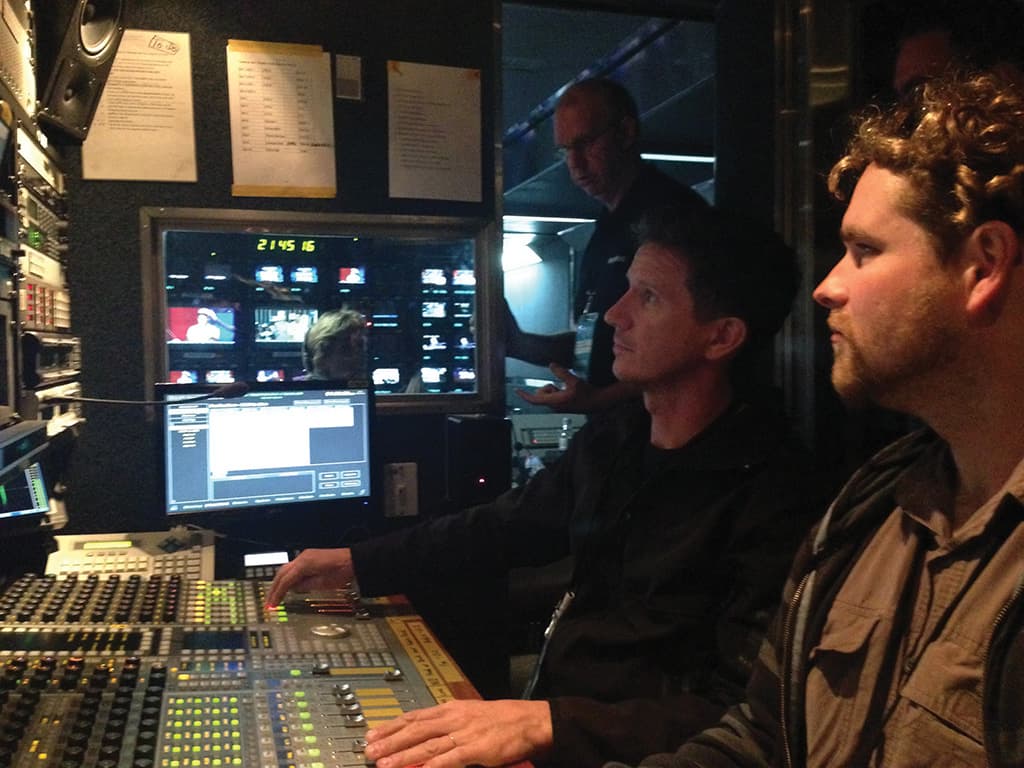
CHARITY CALLS
On the other side of the FOH mix and separate from the stage are the panel microphones, which go into a second active splitter, plus links from external sources such as outside locations (vision from local hospitals with celebrities interviewing kids, etc.) and in particular the Phone Room where visiting artists and guests take calls from people keen to donate, especially if they get to speak with someone famous. The Phone Room hasn’t been relocated to the Riverside Theatre – for years it’s been hosted by the Sunday Times newspaper where the system is big enough to cope with a large volume of calls. Last year an estimated 35,000 calls were taken on the newspaper’s 140 available workstation positions.
Looking again at that schematic of the signal paths and adding in an enormous amount of video and power cabling, it seems like a small miracle that the end result is a clean feed everywhere – or maybe these guys know what they’re doing?
That definitely can’t be said for what’s happening on stage most of the time. Apart from the first 90 minutes or so of a rehearsed performance to kick the show off, all the acts from that point are largely a mystery. Of course the audio team has a rough idea but rarely is it exactly what they’ve been told to expect. There’s always an extra singer, another guitar, an added 14-piece jazz band (the West Australia Youth Jazz Orchestra usually drops in around 11am on Sunday morning and are unrehearsed, too). It’s all part of the fun with the real challenge being to achieve the changeovers, usually in the space of a commercial break – and remember Telethon still runs on a single stage. Most of us curse the amount of ads on television but for Audio Technik, the commercials can never run too long as they scramble to switch the acts. Even if a cross to an outside broadcast or to the panel provides more time, the stage still needs to be reset quickly and quietly because that extra time has usually been allocated for difficult changeover.
FEED THE MASSES
The video side of things is relatively simple. Almost the sole beneficiary of all the different cameras is the feed to the OB van and subsequently the millions of televisions all over Western Australia. The only other screen is a large display beside the main stage for the live audience, letting them see the live crosses to those hospital interviews, the Phone Room, and so on. It also shows clips of events such as the charity football matches that take place earlier in the year.
What makes Telethon unique is the long performance time and the non-stop action on stage. It doesn’t let up and everyone needs to stay on their game for every minute of those 26 hours. It’s an exhausting gig. Paul Huxham reluctantly admits to the title of audio director but he’s adamant his crew of 29 people all put in 110 per cent and the credit is theirs. And for the record, Audio Technik donates a significant amount of effort and equipment towards the event.
Nobody minds the long hours, the hard work and the non-existent margin for error that is live television, because the rewards for a successful weekend couldn’t possibly be better – millions of dollars donated to children’s charities all over Australia.
MORE INFORMATION
Telethon: telethon7perth.com.au
Audio Technik: www.audiotechnik.com.au or (08) 9277 4484
CREW LIST
Paul Huxham: Audio Director
Glyn Jones: Audio Director
Keith Cooper: Comms
Phil Lentz: Audio Director
Alex Wong: Act Mix
Colin Graham: Band Mix
Clancy Travis: Monitors
Martin Weibel: FOH
James Gueness: Monitors
Andy Walters: Monitors
Jeff Thomas: Audio Director
Damien Lowry: Audio Director
Andrew Dunnett: Act Mix
Glenn Davies: Audio Director
Richard Glover: Assist
Nick Kenworthy: Audio Director
Paul Indiamo: Act Mix
Carsten Frederikson: Assist
Allan Than-htay: Assist
James Newhouse: FOH
Brett Stayt: Location
Natasha Thorniley: Assist
Michael Leamy: Assist
Estefania Diago: Assist
Anita Liu: Assist
Sam Chalk: Monitors
Victor Markov: FOH
Daniel Presant: Monitors


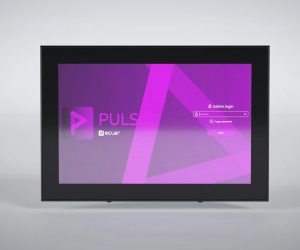


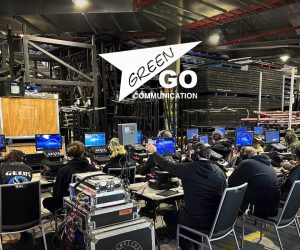
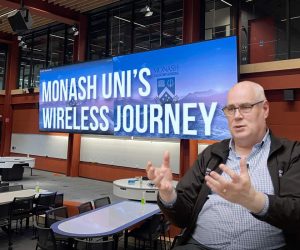
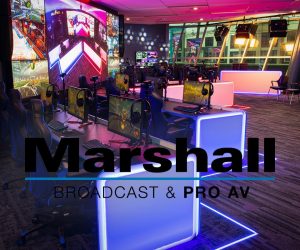
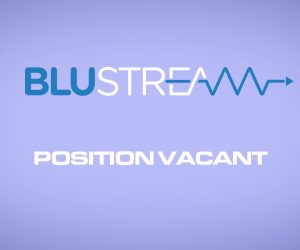

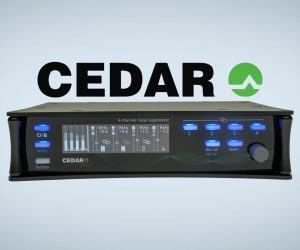
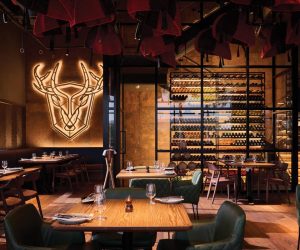
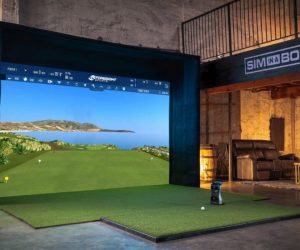


RESPONSES